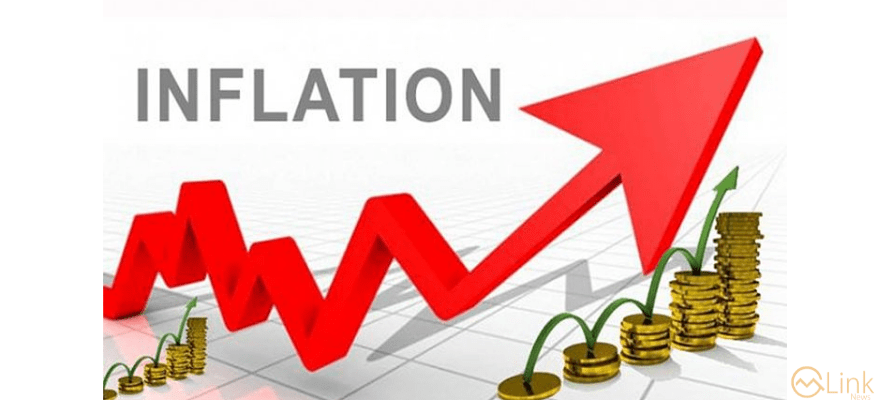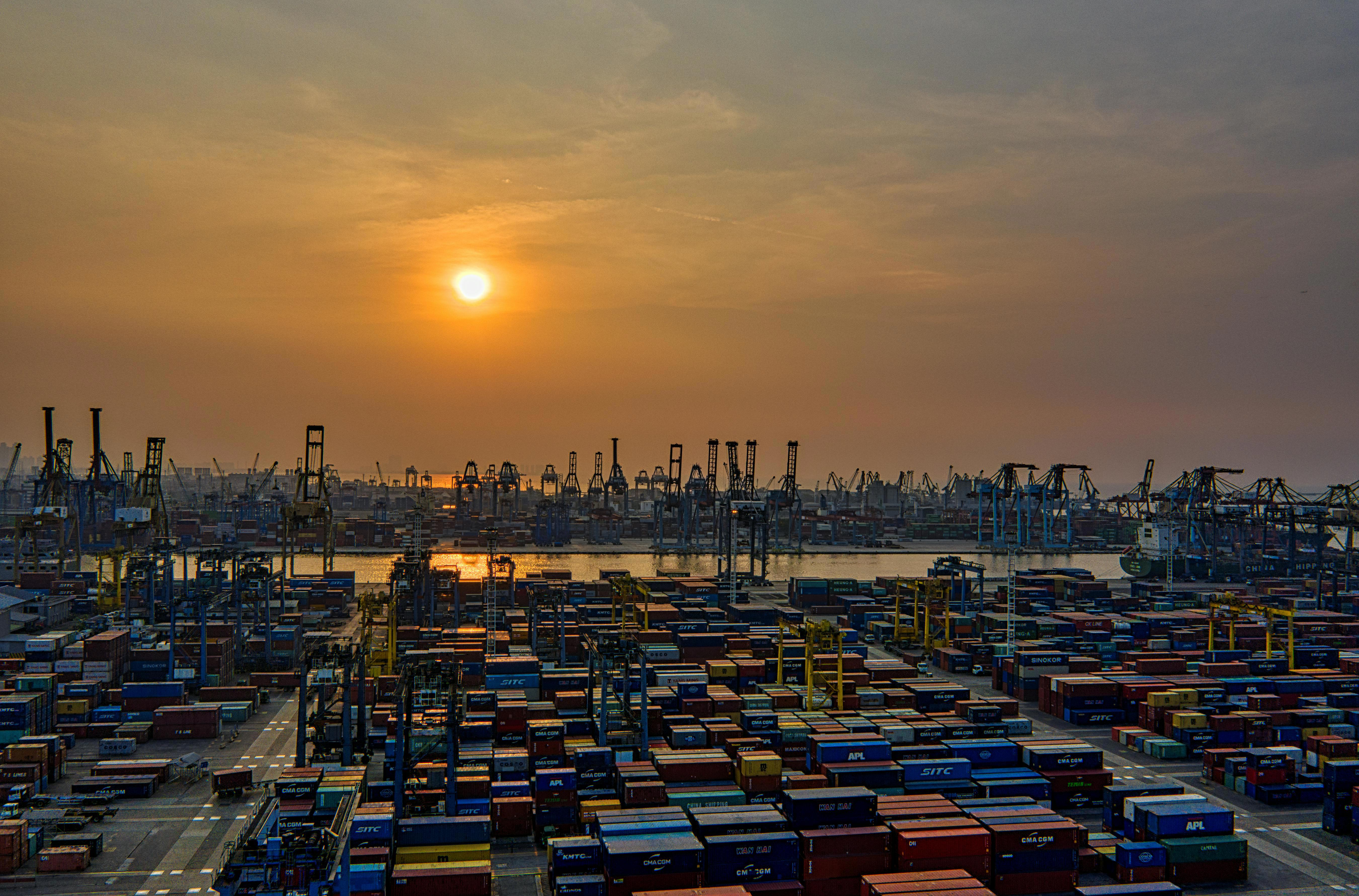Ministry expects April inflation at 1.5–2%

By MG News | April 24, 2025 at 02:56 PM GMT+05:00
April 24, 2025 (MLN): Inflation in Pakistan is projected to remain subdued between 1.5% to 2% in April, according to the latest Monthly Update & Outlook released by the Ministry of Finance. However, the report anticipates a modest rise in inflation to 3.0%–4.0% by May 2025.
Despite the expected increase, inflation levels remain well below recent historical highs, signalling continued macroeconomic stability.
In March 2025, CPI inflation eased to 0.7% YoY in March 2025, down from 1.5% in February and 20.7% in March 2024.
YoY major contributing factors of inflation include Health (13.8%), Clothing & Footwear (13.5%), Education (11.9%), Alcoholic Beverages & Tobacco (7.4%), Restaurants & Hotels (6.9%), and Household Equipment (3.7%).
While declines were recorded in Perishable Food Items (-30.2%), Housing & Utilities (-2.2%), Transport (-1.2%), and NonPerishable Food Items (-0.1%).
The Sensitive Price Indicator for the week ending April 17, 2025, declined by 0.69%, with 18 items showing price decrease.
Meanwhile, exports and remittances are forecast to maintain their upward trajectory, helping to keep the current account deficit within a manageable range, the Finance Division noted.
The outlook for LSM may improve gradually in coming months, with recovery expected to be gradual amid continued YoY contraction and recent MoM decline.
Nonetheless, improvements in high-frequency indicators - such as rising automobile output, raw material imports, and a more accommodative monetary stance - indicates cautious optimism.
Improved weather conditions and increased water availability are likely to support higher crop yields and better farming conditions contributing to overall economic growth.
The Ministry is of the view that Pakistan's macroeconomic indicators have shown signs of overall stabilisation, supported by improved fiscal performance, strengthened external account, and receding inflation.
Revenue mobilization and restrained current spending have contributed to a narrower fiscal deficit and a surplus primary balance.
The current account registered a higher surplus, driven by remittances and export growth, while reserves have improved, and the exchange rate remains stable, aligned with the market.
Inflation has reduced to its lowest level, creating space for a more supportive monetary policy in upcoming months.
Although overall industrial activity remained weak, however automobiles and export-oriented sub-sectors showed an impressive performance. Social protection and climate finance initiatives are progressing, reinforcing the path toward inclusive and sustainable growth.
Copyright Mettis Link News
Related News
| Name | Price/Vol | %Chg/NChg |
|---|---|---|
| KSE100 | 128,199.43 336.91M |
2.05% 2572.11 |
| ALLSHR | 79,787.62 1,023.63M |
1.53% 1202.91 |
| KSE30 | 39,105.00 121.90M |
2.49% 951.21 |
| KMI30 | 186,915.61 131.16M |
1.10% 2029.11 |
| KMIALLSHR | 54,201.88 553.60M |
0.81% 438.07 |
| BKTi | 33,476.68 51.49M |
4.87% 1555.00 |
| OGTi | 27,962.58 9.77M |
0.68% 188.60 |
| Symbol | Bid/Ask | High/Low |
|---|
| Name | Last | High/Low | Chg/%Chg |
|---|---|---|---|
| BITCOIN FUTURES | 106,340.00 | 106,380.00 105,440.00 |
590.00 0.56% |
| BRENT CRUDE | 67.10 | 67.29 67.05 |
-0.01 -0.01% |
| RICHARDS BAY COAL MONTHLY | 97.50 | 97.50 97.50 |
0.70 0.72% |
| ROTTERDAM COAL MONTHLY | 103.80 | 103.80 103.80 |
-3.45 -3.22% |
| USD RBD PALM OLEIN | 998.50 | 998.50 998.50 |
0.00 0.00% |
| CRUDE OIL - WTI | 65.41 | 65.65 65.34 |
-0.04 -0.06% |
| SUGAR #11 WORLD | 15.70 | 16.21 15.55 |
-0.50 -3.09% |
Chart of the Day
Latest News
Top 5 things to watch in this week
Pakistan Stock Movers
| Name | Last | Chg/%Chg |
|---|
| Name | Last | Chg/%Chg |
|---|




 CPI
CPI